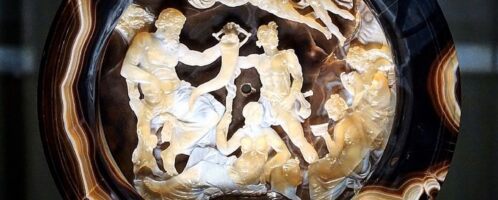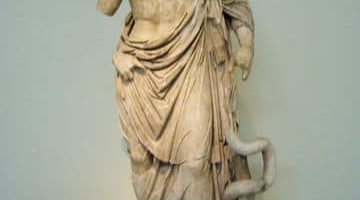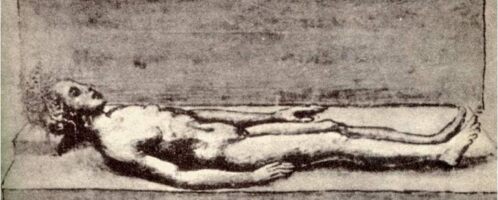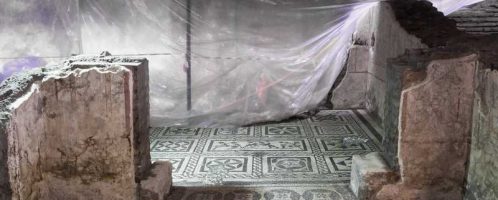Cleopatra’s treasure?
In the Archaeological Museum in Naples, in a small side room in which a collection of ancient gems is exhibited, there is probably one of the most unusual exhibits – the so-called Tazza Farnese – a stone plate with a diameter of about 20 cm. Whenever I look into Naples and stand before this masterpiece, I can’t get over the artistry of former craftsmen. But beyond beauty, there is something else about it: an amazing story that would be a good script for a fascinating movie.










